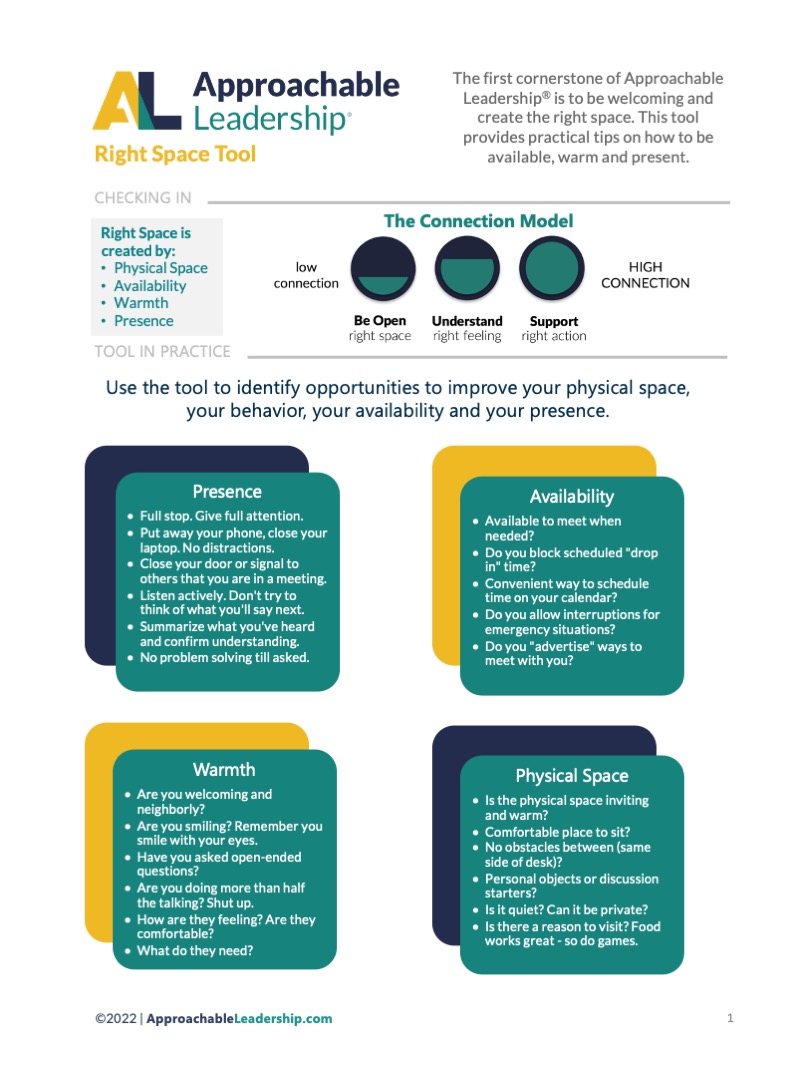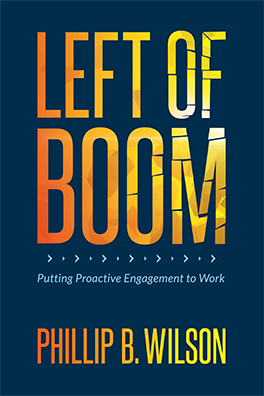In Today’s Issue: Unions and the “Willy Wonka” Problem Remember Willy Wonka and the Chocolate Factory? Violet Beauregarde was a precocious young gum-chewer who tries a prototype “three-course-meal” chewing gum during he tour of Wonka’s factory. Willy Wonka warned her not to try it because of some unsolved problems with the blueberry pie flavor. Violet disobeys and at first enjoys the intriguing new “treat” (consisting of tomato soup, roast beef, baked potato and blueberry pie flavors). But when Violet gets to the blueberry pie, her face begins to turn blue and she blows up like a balloon. Wonka has the Oompa Loompas roll Violet away to the juicing room before she explodes. Unions have a similar problem to Violet. As we learned last time, when they first came to power they not only achieved important and positive things for their members, but they built a lasting legacy of restrictions on employer behavior that remains strong today. But like Violet, what at first was a good thing grew and grew over time. Eventually in many cases the massive gains unions made were completely out of proportion to what their host employers could handle. And that is when the big troubles began. Here are some examples of how unions became victims of their own success: 1. Anti-competitiveness. Unions raised workers wages substantially above the wages paid to nonunion workers. This leads to two problems. First, unionized employers tend to substitute technology for labor whenever possible, over the long run creating unemployment and reducing the overall demand for labor (not to mention the number of people who benefit from these “monopoly” wages). In addition, union-made products have become more expensive. Sales are lost to less expensive foreign competitors and nonunion producers. 2. Decline in the value of merit. Workers find it difficult to advance on their own merit in many union settings, where most contracts focus on seniority for advancement. Union contracts specify the process for increasing wage which serves the group not the overachiever. This can sometimes lead to more productive talent leaving for non-union operations where they are more likely to benefit from their unique talents. 3. Unable to weed out underperformers. In unionized companies there is a lot of peer pressure not to “show off” your brothers and sisters. In some cases it is also more difficult to move (or remove) poor performing or ineffective employees. In that environment unionized workers can lose the incentive to work hard. There’s no incentive to excel for the get-up-and-go employee. Workers can become comfortable with mediocre culture in protective surroundings and pressure by the union not to go the extra mile. 4. Fewer investors. Savvy investors invest in competitive firms with sharp nimble management, and healthy margins. Nonunion firms attract more investors. With extra invested capital, firms can apply financing to acquire new technologies and expert talent to remain competitive. We are no longer in Kansas, economic dynamics changed During the 1950’s, the French and British imported automobiles to the US. By 1956, Japan started its US with compacts pick-ups. New foreign car-makers began a gradual trend to increase competition. When you purchase your car, it’s an investment. During your ownership your car requires maintenance and part replacements. For decades, owning a foreign car implied added expenses. Very few mechanics knew how to fix foreign cars. The law of supply and demand allowed foreign car mechanics to charge higher fees. Car parts could take weeks to replace. Purchasing American cars was a far more attractive option than foreign cars. It was easy, American auto dealers could compete on price and maintain higher unions wages because there was little competition. By 1982, Honda opened the first US foreign car manufacturing plant which opened the gateway for a gradual change in attracting more US consumer dollars. By 1993 foreign-based auto plants built over 2.7 million passenger cars and light trucks in the U.S. and Canada annually. South Korea’s Hyundai opened an assembly plant in Québec. During the mid-1990s, Germany’s Daimler-Benz and BMW both opened state-of-the-art manufacturing facilities in South Carolina and Alabama, respectively. The foreign auto firms provided quality vehicles, with available and affordable maintenance, and without paying higher fees to cover union labor costs. In addition, these firms provide employment and benefits to US citizens. The model for unionized auto-workers no longer serves the new economic landscape. It’s even surprising the US has any unionized labor in the private sector that still can compete or survive. We live in what is called a “flat” world that is highly competitive. As technology advances, information, communication, and exchange of ideas can take place instantly. Competition is no longer limited to who is local. It’s too easy to transport jobs overseas. Highly trained and skilled labor is available in other countries at lower fees. Therefore it’s essential for businesses to remain nimble and flexible to compete. Unfortunately for unions, they still are living several decades in the past. After Violet was “juiced” by the Oompa Loompas, she left the Chocolate Factory purple, but no worse for wear (in the 2005 remake starring Johnny Depp as Mr. Wonka, Violet became very flexible and quick, doing cartwheels out of the plant). Unlike Violet, unions haven’t learned this lesson. Far from being flexible and dextrous business partners, they remain fat and bloated. And in our flat world, that is definitely a recipe to get “juiced” by the competition. To your success, Phillip Wilson Next Issue: Unsung Hero of Saving Jobs
Unions and the “Willy Wonka” Problem
by Phillip Wilson | Apr 2, 2009 | News
INK Newsletter
You have Successfully Subscribed!
Labor Relations Insight
- Climbing the Walls: Another Fine Workers United Mess
- Why Employers In Every Industry Should Pay Attention To Trump’s EO On College Athletes
- Salts, Screens, and Suspicion: NLRB Tightens the Reins
- Breaking: DOL Proposal Would Reduce Union Financial Transparency: LRICS Submits Formal Comment, Urges Employer Response
- Webinar: Labor Relations Update: Gen Z, Unions & the NLRA — Oh My.






